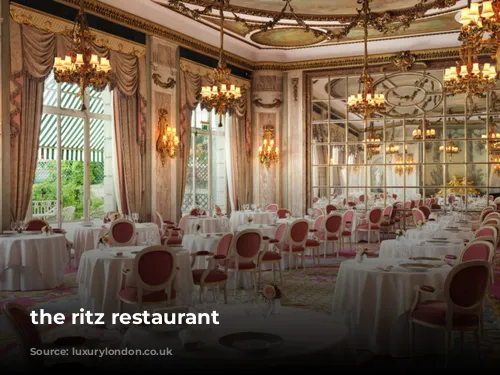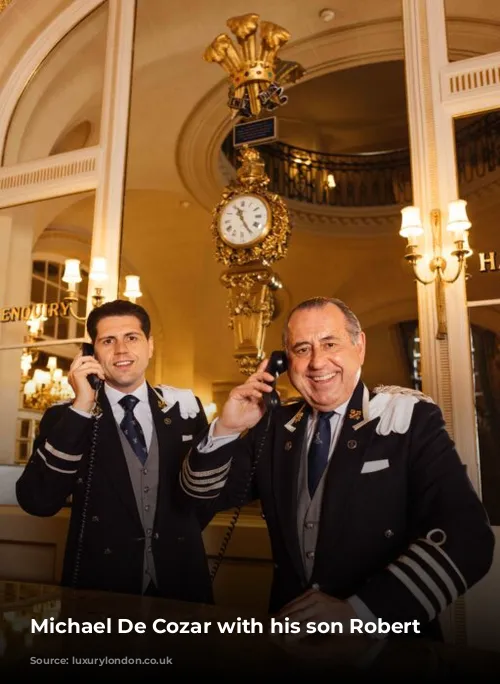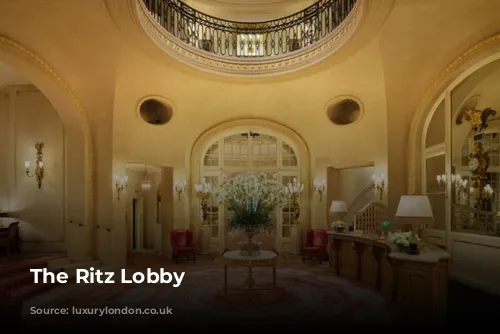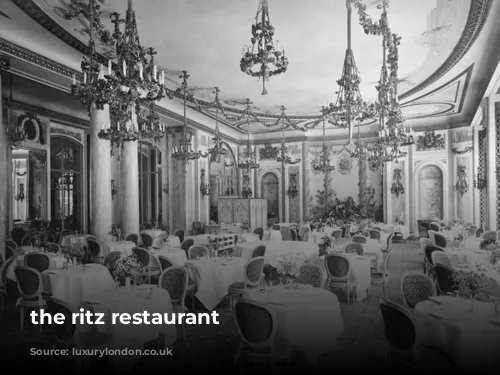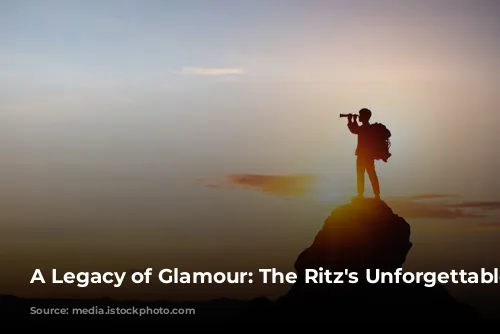The Ritz London, a renowned name synonymous with elegance and grandeur, has hosted some of the world’s most notable figures. It’s not just a London institution, but a global beacon of hospitality, its legacy radiating across the globe. While the hotel’s past is rich and storied, much of it remains hidden, not in secrecy but reserved for those in the know.
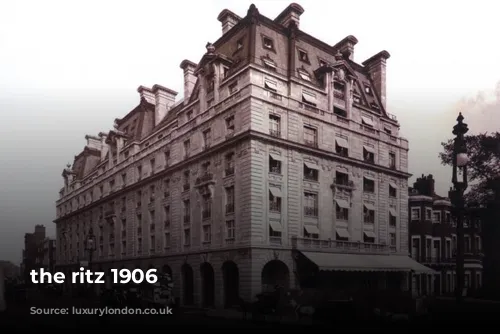
A Concierge’s Perspective
One such insider is Michael De Cozar, the head concierge. Sitting in a signature Ritz suite, adorned with classic red furnishings, golden details, and sweeping views of Piccadilly and Green Park, De Cozar exudes pride and charm. He’s lived his entire career within the walls of The Ritz, and it’s evident that he wouldn’t have it any other way. “If I had my life again, I would do the same thing,” he says, his voice filled with conviction. “I hope The Ritz tradition lives on forever and ever.”
De Cozar’s career has intertwined with the hotel’s illustrious history, spanning generations. Joining The Ritz in 1973 at the tender age of 16, he followed in his father’s footsteps, who also served as a concierge. Now, his son Robert joins the front-of-house team, making it a family legacy. Through the years, De Cozar has witnessed firsthand interactions with royalty, global icons, and historical figures. He recalls unique encounters with the Queen Mother, Princess Diana, Jackie Onassis, and Margaret Thatcher, all etched in the fabric of The Ritz.
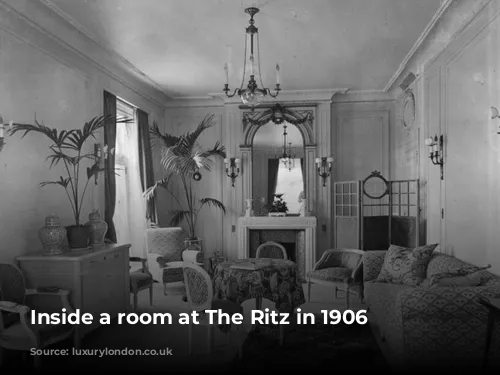
A Century of Opulence
To truly appreciate The Ritz’s impact, you have to rewind to its opening day – May 25, 1906. De Cozar describes the atmosphere as “classy, glamorous, and expensive,” a reflection of the era. César Ritz, the Swiss hotelier, wanted to rectify mistakes made with his Parisian hotel, creating a masterpiece that captured the world’s imagination.
The unique metal structure was a collaboration with the same architects who designed its Parisian counterpart – Charles Mewès and Arthur Davis. From the outset, The Ritz enchanted London, hailed by the press as a “Palace of White” and a “Fairy Palace.” An eloquent missive from a member of Edwardian high society aptly captured the sentiment: “London has always seemed to me the centre of the world […] and I have always regarded The Ritz as the centre of London.”
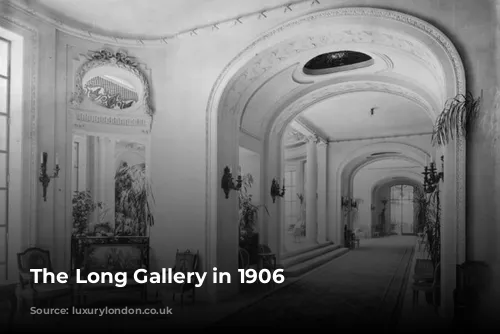
Inside the Palace: A World of Glamour
Stepping inside The Ritz is like stepping back in time, with much of its original decor and interiors remarkably well preserved. The foyer, a gateway into the rest of the establishment, plays a crucial role in The Ritz’s history. The distinctive mirrored wall behind the concierge extends down the Long Gallery, passing historic entertaining spaces, culminating at the Ritz Restaurant, formerly known as the Louis XVI.
On the right, the Rivoli bar offers a cozy respite. The Palm Court, situated opposite the original Piccadilly entrance, is now an institution for afternoon tea. But during its early days, it was a lively lounge where guests lingered over champagne, dressed in their finest attire. “We used to have to hire doormen here that were 6ft plus to reach the horses and carriages that arrived,” De Cozar reminisces.
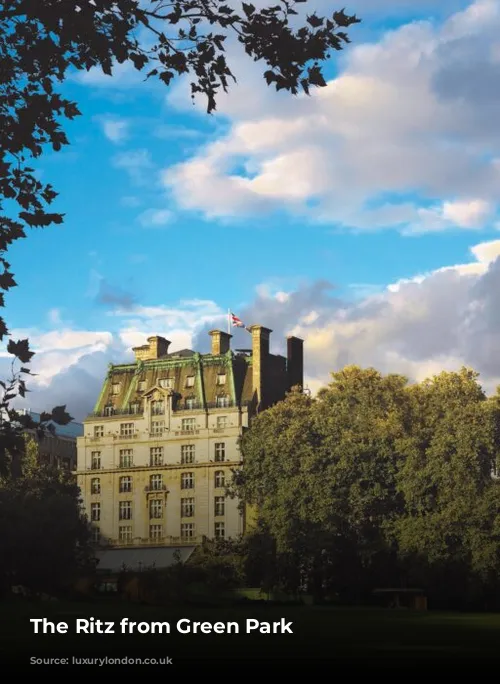
A Legacy of Service and Discretion
These grand spaces are interspersed with intimate alcove-style areas, reflecting César Ritz’s preference for open layouts. He envisioned the Long Gallery as a “starry boulevard,” allowing guests to observe the bustling flow of activity.
The warm light and gold accents throughout the hotel are a testament to César Ritz’s legacy. From the pink lampshades that emit a flattering glow to the gold-leaf gilding, no other London establishment offered such a harmonious blend of exclusivity and opulence.
De Cozar emphasizes the importance of service: “Clients came from all over the world to stay at The Ritz because of the service, food, and the ambience.” The staff’s dedication was evident in the lavish tips they received. “The cloakroom attendants and the doorman used to pay the hotel to work here,” De Cozar recalls. “I remember during my early days helping the cloakroom when we had functions, the quality of the clientele was fantastic and our dress codes have never changed.” Even Jackie Onassis, renowned for her elegance and discerning taste, praised the hotel, calling it “like paradise.”
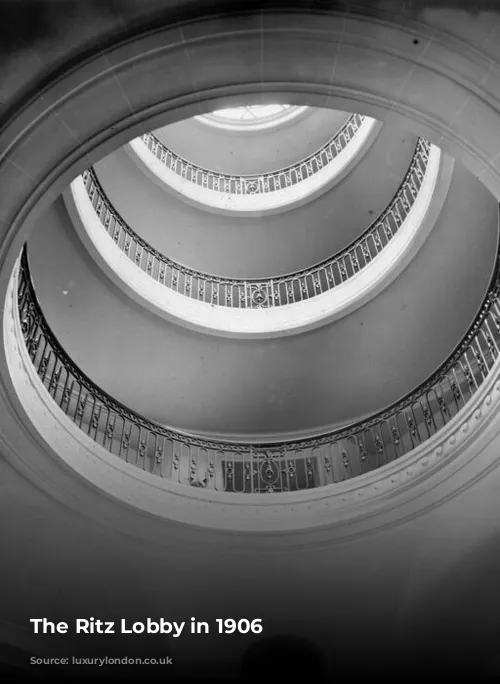
A Theatre of Entertainment
César Ritz recognized the power of entertainment and embraced a progressive approach for the time. He encouraged women to dine and socialize independently, hiring renowned entertainers like Johann Strauss to create a vibrant atmosphere. Despite the significant cost, Strauss never turned a profit, but as Ritz quipped, “He liked to do everything theatrically.” His vision of creating an unforgettable experience, a theatrical spectacle of service and elegance, remains central to The Ritz’s ethos.
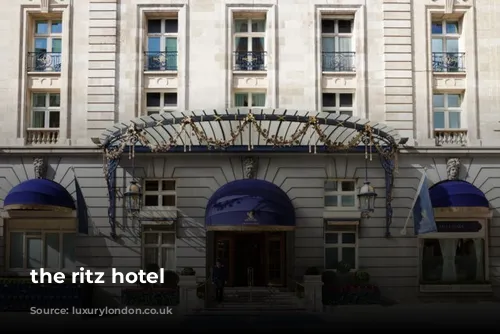
From Celebrities to Royalty
De Cozar shares anecdotes of his personal interactions with prominent figures, showcasing The Ritz’s enduring allure to the world’s elite. He recalls assisting Jackie Onassis with errands for her daughter Caroline, as well as helping her son, John Kennedy, after a violent attack. He fondly recounts meeting the Queen Mother, who frequently visited The Ritz, her favorite spot in London. “Her security officers told me the only thing she hates about The Ritz is that the chairs are high and she’s quite small,” De Cozar explains. “So I asked our carpenter to make a footstool and I presented that to the Queen Mother when she next came to The Ritz.”
Princess Diana was also a frequent visitor, leaving a lasting impression on De Cozar, as did Margaret Thatcher, who spent the last months of her life at The Ritz. “She was here often: before she was a prime minister with her family, through her time as prime minister and afterwards, when she would come in for lunch with friends.”
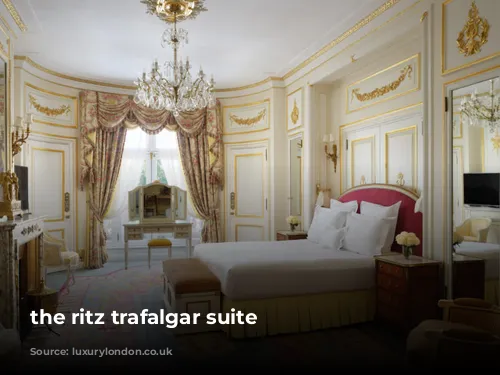
A Diplomatic Backdrop
Beyond the glamorous gatherings and celebrity clientele, The Ritz has played a significant role in diplomatic history. The hotel has hosted a multitude of political figures, including Mahatma Gandhi, who met with the Aga Khan during the Round Table Conferences, and Winston Churchill, who held a momentous meeting with French President Charles de Gaulle and American President Dwight Eisenhower in the Marie Antoinette suite during World War II.
The Ritz’s connection to the British Royal Family is perhaps its most renowned and celebrated connection. As depicted in the Netflix series “The Crown,” the young Queen Elizabeth and her sister Princess Margaret found refuge at The Ritz to celebrate VE Day. The hotel continues to hold a Royal Warrant, a testament to its enduring relationship with the Royal Family. De Cozar emphasizes the Queen’s fondness for The Ritz: “Queen Elizabeth had so many experiences here and held her 80th birthday here.”
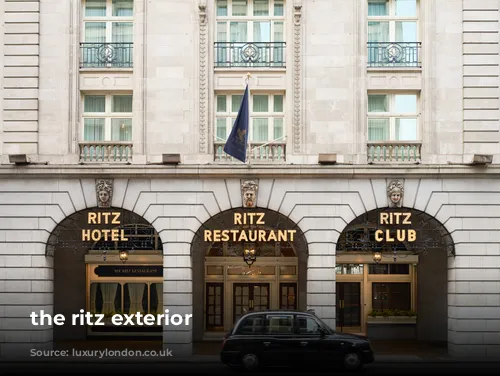
A Legacy of Discretion and Excellence
The Ritz has earned its reputation for discretion, a virtue that attracts the world’s most influential individuals. “Discretion is the word at The Ritz,” De Cozar states, “and that’s why [the Royal Family and celebrities] come back.” The Ritz offers a sanctuary of privacy, allowing guests to experience an unparalleled level of service and luxury without compromising their personal space.
This dedication to providing an exceptional experience for every guest, no matter their background, is at the heart of The Ritz’s enduring success. From the opulent interiors and meticulous service to its captivating history and the legacy of César Ritz himself, The Ritz remains a timeless icon, a testament to the art of hospitality and the power of enduring tradition.
